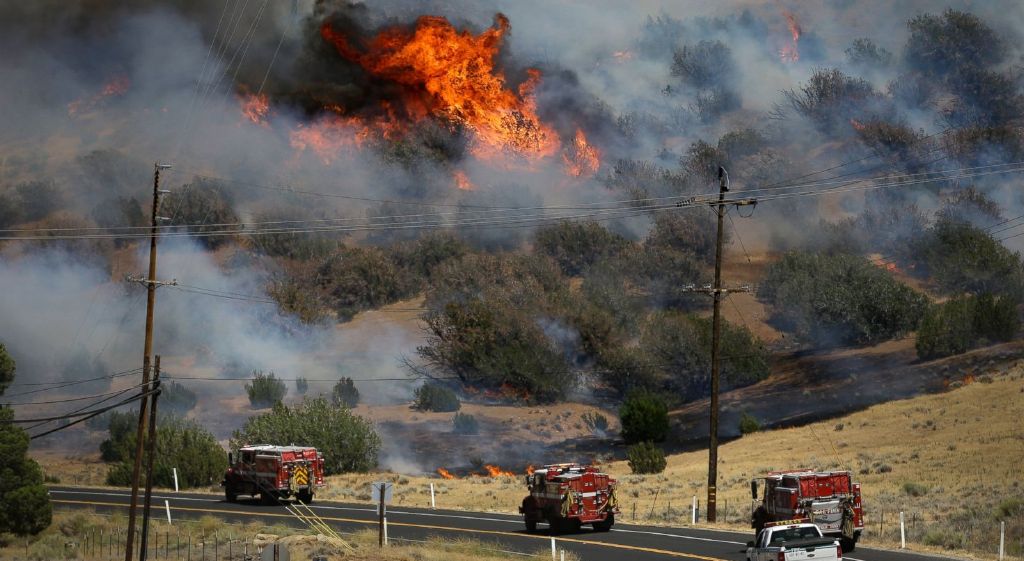There was a wildfire recently where I live. In aftermath of the high velocity winds, over a hundred homes were destroyed. The California fire service called it the “Cascade Fire.”
I finally drove through the burnt area a couple of weeks later. The top layer of the soil was black, the tree leaves burnt from the flames. I saw what was once a house had become only the square outline of its foundation, all blackened.
Further down the road, where the fire had not reached, dormant rice fields had been flooded by the farmers and migratory birds already occupied the watery fields. Nature moves on. The birds were passing through once again on their yearly cycle. The fire-blackened soil will prove very fertile after the winter rains prepare it. In my mind’s eye, I could already see the tiny green shoots pushing through the dark soil.
But what of the burnt house?
Maybe a new one will be built, or the homesite will simply be abandoned. I suppose it is the equivalent of a human death. During its life, it was occupied by different people, each redecorating or redesigning it, removing walls or adding doors and windows. When there was destruction, it was quickly followed by renewal. But now, when the house is no more?
An acquaintance of mine, who had come to my office a number of times to have his computer repaired, lost his house in the fire. I received an email from him: “I jumped through the window in my pajamas barefoot, in the last moment. A few seconds later the house exploded and collapsed. … All my tools and shop are gone. At the age of 60 it’s hard to think about a new start from zero, but we’ll see, maybe there is some hope.” From what I’ve seen of him, I am sure he will have a new start and create his life again.
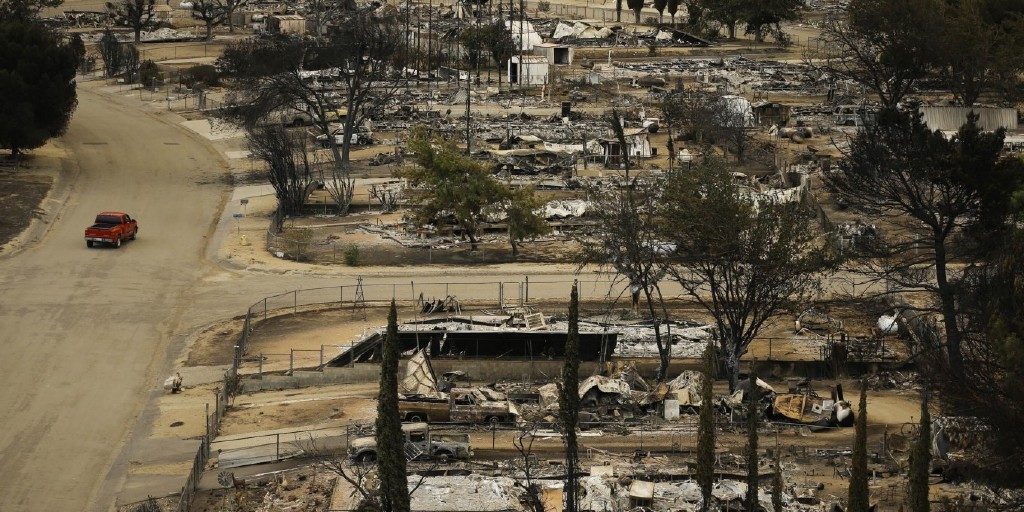
Catastrophe and Recovery
There were many trucks and workers in the burnt area. Already recovery and rebuilding were beginning. Human life moves on, too. In our life, too, there are fires, floods, hurricanes, and droughts—until the last and largest catastrophe arrives. We, too, pass through many lifetimes in one life, just as the house had different occupants.
“I see one building the house that serves him a few years, or seventy or eighty years at most, I see one building the house that serves him longer than that.”, writes Walt Whitman in To Think of Time.
We are using the house of our bodies to make something new and spiritual, something invisible—a conscious soul. It is as if we were creating an invisible and permanent house within a visible house. This type of creation is governed by its own peculiar laws, just as any creative activity is.
Reaching for Higher Levels
I quite enjoy making sourdough whole-grain bread. A French artisan bread baker said something that has remained with me over the years, “Pour faire du bon, il faut partir de trés bon,” to make something good, you must start with something very good. The baker used organic flour not because it was organic, but because it was better. It’s the same with our inner work. To create something high in ourselves, we need contact with something still higher.
We long for experiences of love and joy, of having compassion. However, to grow internally we cannot begin with these, just as to make great bread the baker cannot begin with merely good ingredients. To reach these experiences, we need contact with something still higher. What could that be?
The Higher Emotional Center
Love, joy, compassion—these all belong to the higher emotional center. If it is temporarily functioning, we embody all of these. Without it, they are echoed as ordinary emotions, but lack vitality. The higher emotional center works with the energy of the sun, World 12. The sun is the light of the world: the joy of everything living, heat, and warmth. When the higher emotional center is active, all that we see becomes living, in a positive, loving sense.
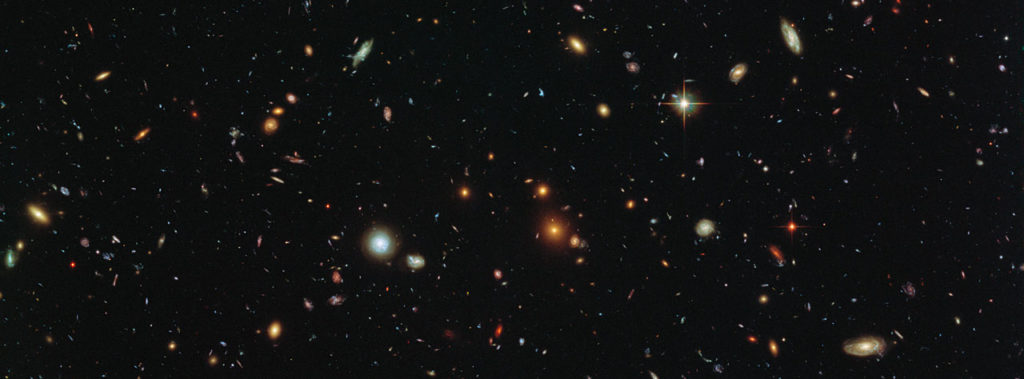
World 6 is the energy of the starry world in us. Perhaps we have been in an automobile accident or had a near-death experience. For a few seconds, which seem infinitely long, time becomes frozen. In these moments, our identity is no longer the many ‘I’s but the observer. And this reality is very intense. Basically, it is the energy of human birth and death, the taste of objective truth.
The Objective Level: The “Real” World
World 6 touches us in an indifferent, insensitive, and sometimes violent way. We feel very small and insignificant, overwhelmed, shocked. External shocks that create this energy can be fires, floods, hurricanes, earthquakes, or wars. Internally, a life-changing shock like the death of a friend can also create this energy, if the shock touches us objectively.
When these events happen, we don’t know how to transform them—we can hardly bear them. Yet it is these very experiences that lead to inner regeneration, just as workmen begin rebuilding after a fire, and green shoots rise up from the burnt soil. In fact, such experiences seem necessary for spiritual growth. Without them, love and compassion cannot be developed.
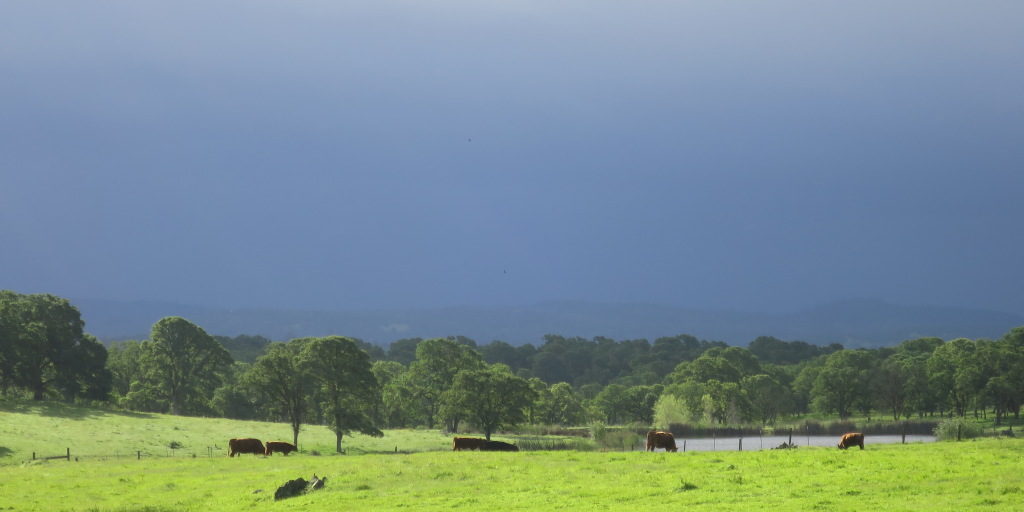
Rilke on Struggle and Transformation
Rilke, in his poem, Der Schauende (The Man Watching, from Das Buch der Bilder) describes an oncoming storm. The trees beat against the window panes; the approaching storm becomes not only this storm but all storms. The landscape is transformed into a Biblical scene, reflecting eternity. The poem then goes on:
Whoever was beaten by this Angel
(who often simply declined the fight)
went away proud and strengthened
and great from that harsh hand,
that kneaded him as if to change his shape.
Winning does not tempt that man.
This is how he grows: by being defeated, decisively,
by constantly greater beings.
(Robert Bly translation)
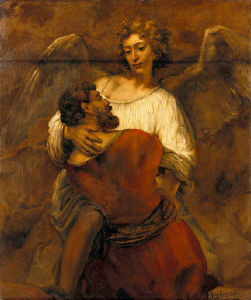
Yes, by being defeated by constantly greater beings, learning how to transform suffering increasingly, and ever deeper suffering. This is the key to the growth of love and joy and the door to living permanently in higher emotional states. And this is the work that shows itself as the invisible phoenix, arising from the ashes of many fires.
